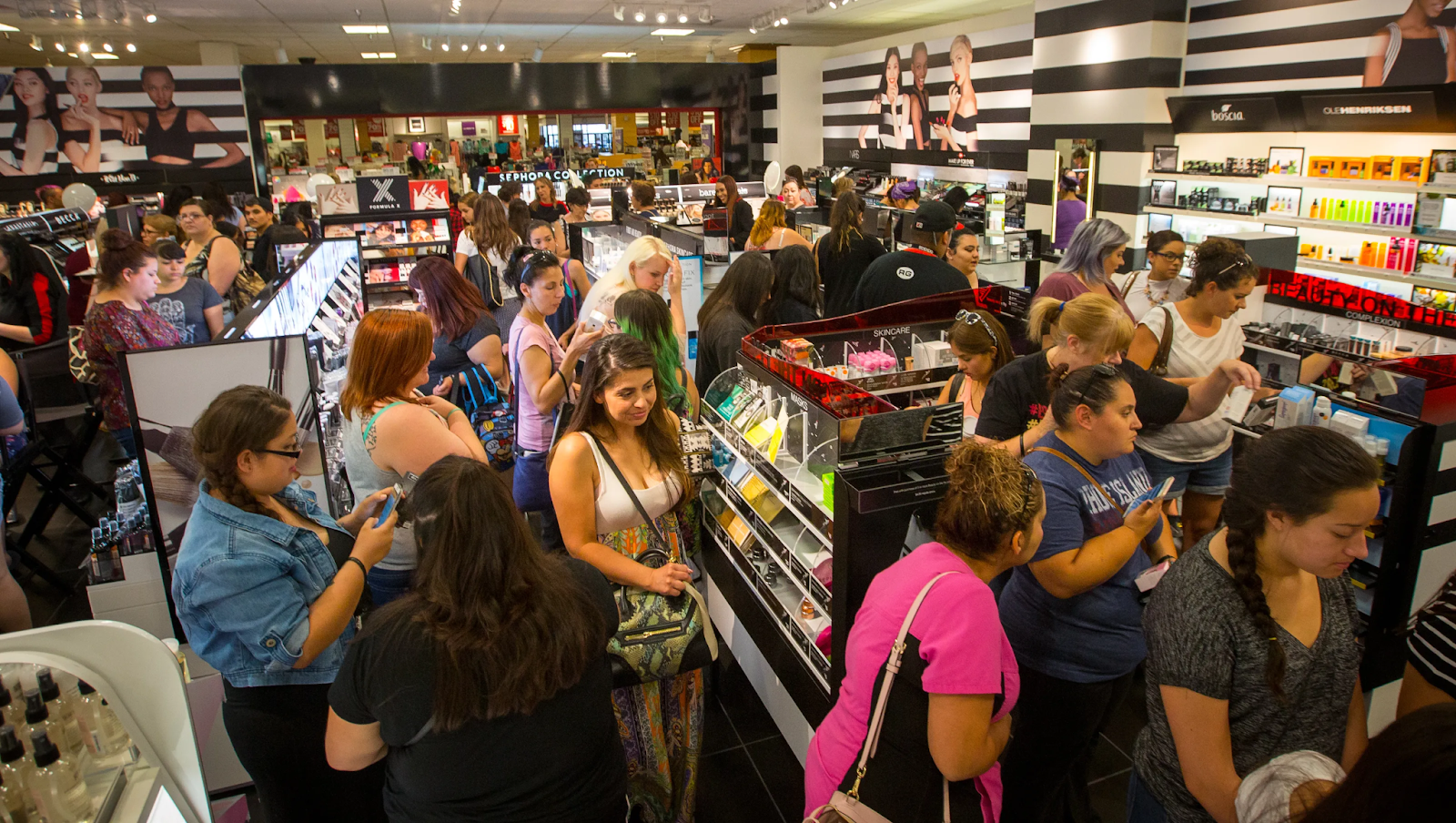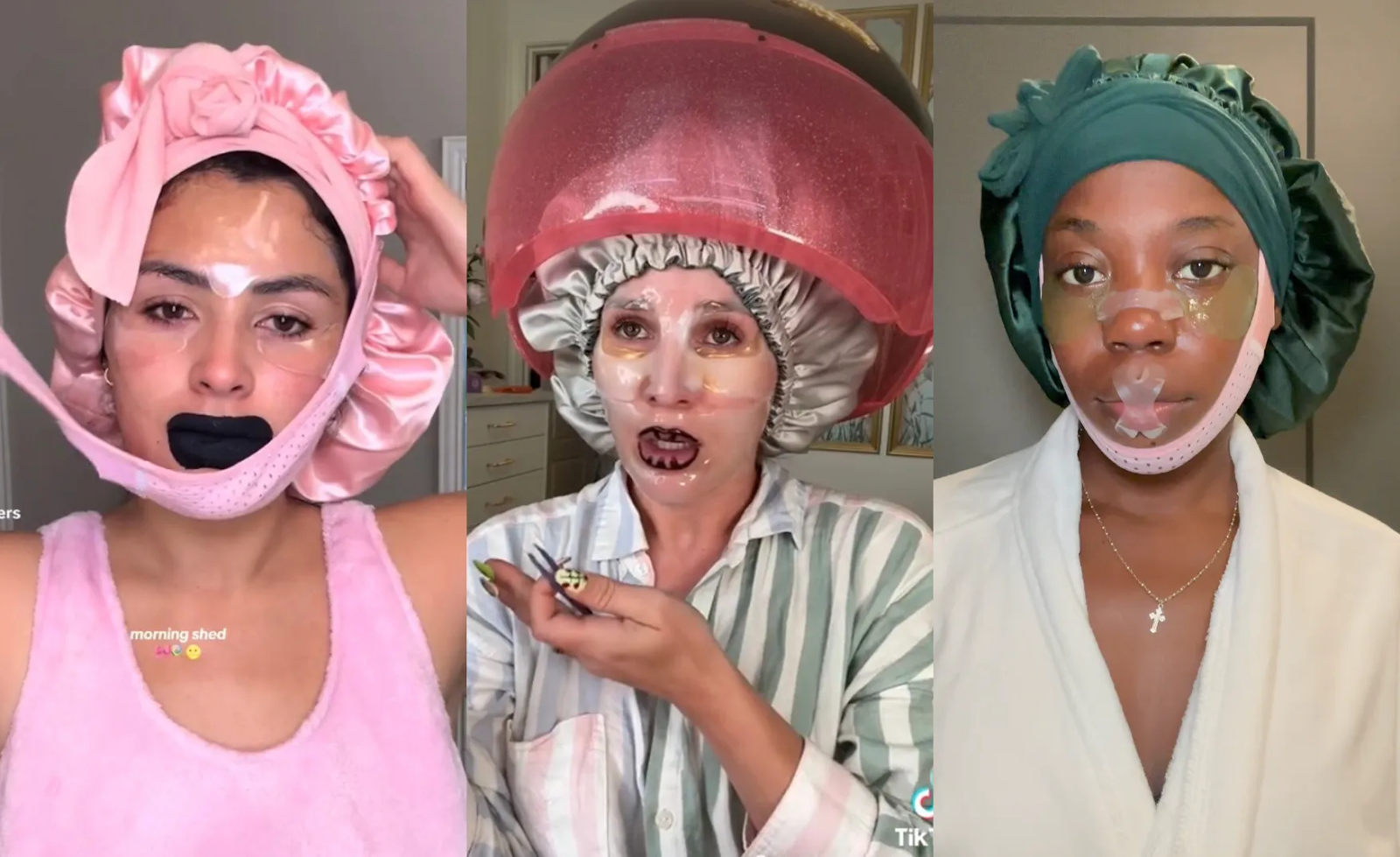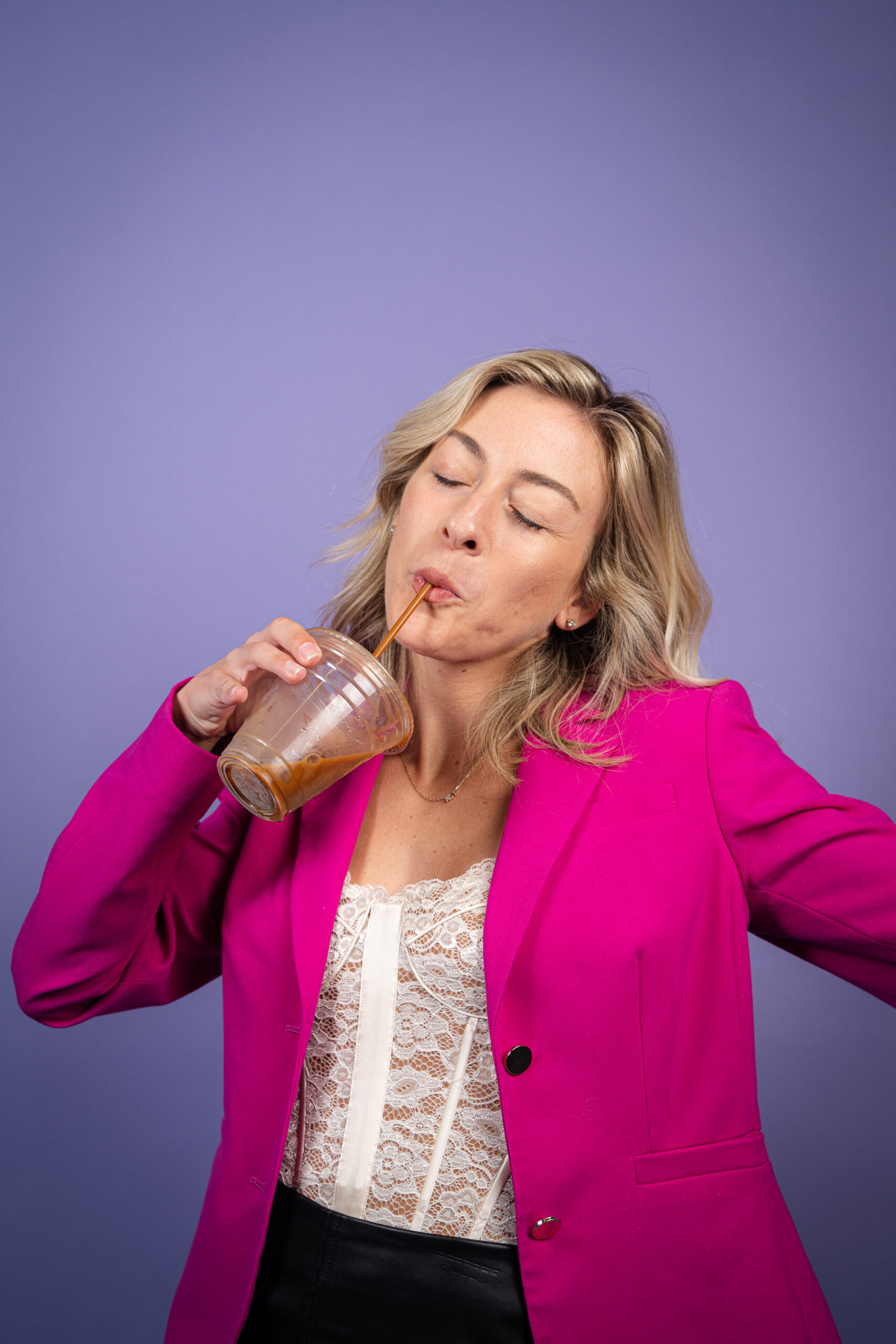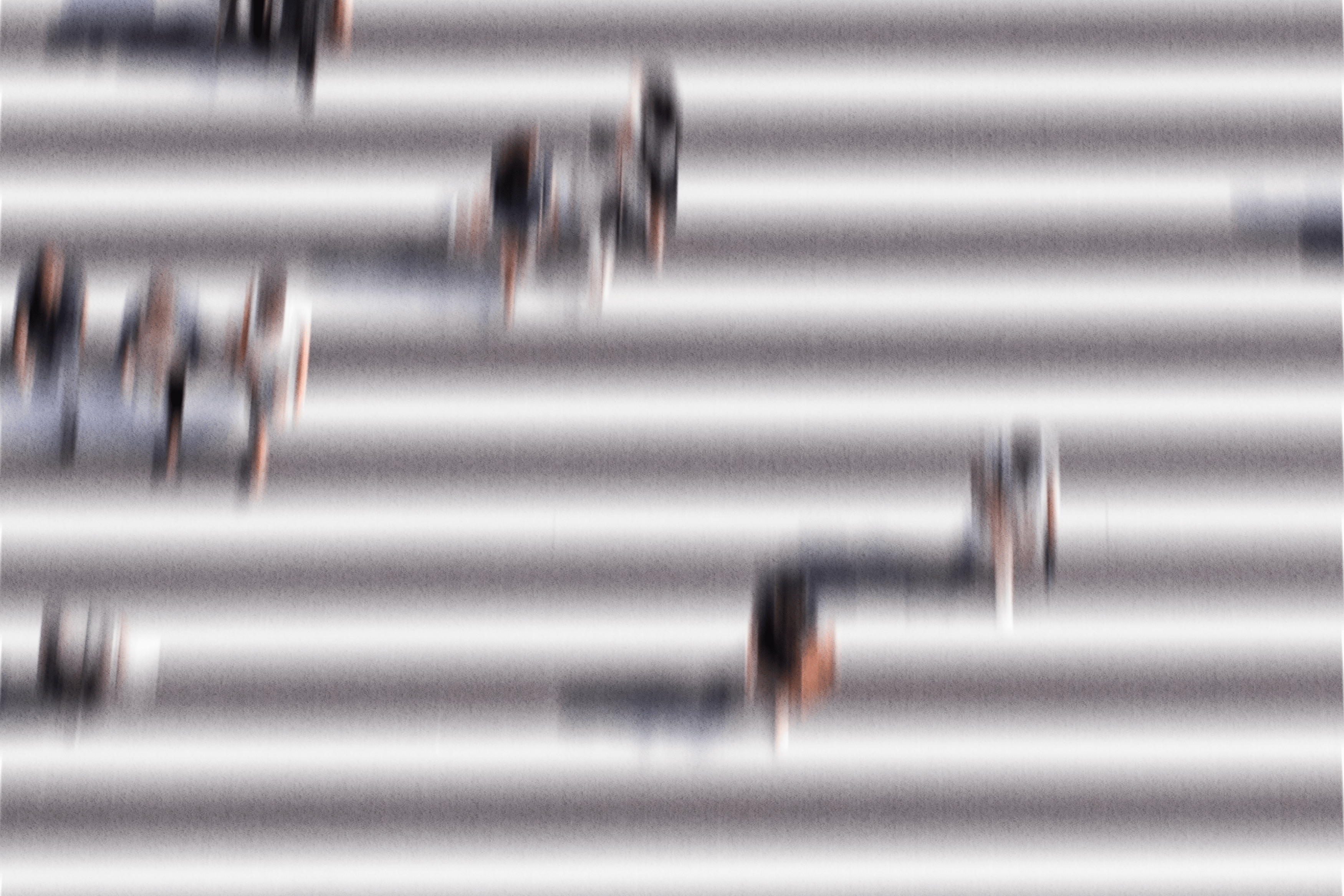Continue Reading
Biggest Finance Newsletter for Women
Join 200,000 other people interested in money, power, culture, and class.
Subscribe
The other morning, I woke up with a strange impulse: I wanted to go to the mall. Work had been particularly intense for a couple of weeks, so wandering around a giant commercial space that smells like someone spritzed an Auntie Anne’s pretzel with Chanel No. 5 sounded like irresistible frivolity. This happens every few months: I crave retail. The soft lighting, the vibrant colors, the dizzying textures and scents—ever since I was a little girl, nothing simultaneously relaxed and titillated me quite like a Dillard’s. The promise of the mall is that it is both predictable and novel, comforting and stimulating.
I’ve developed a ritual: Park outside the Nordstrom, enter through the obligatory men’s section of the store, loiter in the leather aroma of the women’s shoe department, exit into the mall and walk, zombie-like, toward Lululemon. There, I will navigate hordes of orthodontia-laden preteens chittering around racks packed with neon sports bras, try on at least three things, then leave, empty-handed and satisfied. Next, I’ll begin my lap around the first floor, turning a corner that leads to the glowing expanse of the Apple Store, which is crawling with young people upgrading iPhones and old men carting Paleolithic laptops, staking their Saturday on AppleCare’s mercy. Across the way, it looms large: Sephora.
>
“In a place like Sephora, the unruly realities of your human body are thrust into stage lighting.”
My pass through Sephora always feels like a vestige from a former life. I find myself winding through its aisles the same way you might mindlessly reenact an old work commute when you zone out while driving. It’s a place that induces the vague urge to wash my hands, every surface covered in shimmering mica dust, the air thick with competing fragrances. Sephora is a liminal space of feminine potential. In it, I am confronted with my dormant aspirations—not exactly self-aware, but aware of myself in a way that I was not just moments before crossing its black-and-white threshold into mirrored walls and asterisked claims of product efficacy.
In a place like Sephora, the unruly realities of your human body are thrust into stage lighting, ready to be exfoliated and contoured into submission for $48 plus tax by something with a malevolently whimsical name like “Bum Bum Cream.”

Credit: Jett Loe at Sun-News, 2016
No matter the day or time that my quarterly spiritual walkabout delivers me to the floor of a Sephora, it is always buzzing with throngs of women and 10-year-old girls. You can imagine a boardroom of Visa suits celebrating this bright spot amidst the otherwise slow, aching death of brick and mortar. The store dependably posts record-breaking revenue and profits year after year, up 25% in 2023 with nearly $20 billion in sales. This is a place of abject overwhelm: a glossy Home Depot for every square inch of your face, body, hair, personhood. The presence of so many purported solutions implies many problems worth solving. Here, you’ll find legitimately endless artificial paths to natural beauty.
The market is always eager to meet you where you are, including—if you’ll let them—in bed, which facilitates a sort of aesthetic maintenance creep. With facial jockstraps and wrinkle prevention paper mache, now our efforts can continue all night long! If culture critic Jessica DeFino were here, she’d remind us that the skin is an organ that “breathes” and must communicate with its environment at night to regulate itself, so smothering it with single-use plastics interferes with its natural functioning. Let women enjoy things, publications like Glamour would probably counter, marketing-speak that equates the extraction of our money and rest with recreation like bird-watching or staring into the abyss. Ladies, we’re all having fun here, right?

Credit: Glamour
Beauty is the only form of capital that women are encouraged to openly, shamelessly pursue, so to the extent accumulating capital is enjoyable, I suppose we’re having a bit of fun. If the privilege that accompanies conventionally good looks is the primary power afforded to us without cultural objection, it’s rational to spend our time and money enhancing those looks, right? Plus, there are rewards! Studies show that women who perform beauty’s labor report higher incomes, an observation that writer and philosopher Kate Manne points out is not necessarily about becoming more attractive, but “conspicuous compliance”—signaling your willingness to devote your energy and resources to its onerous, evolving project.
On this particular Sephora trip, I gravitated to the section for Glossier, the makeup brand least willing to admit it’s makeup, which is just the way I like it. While inspecting testers and stealing increasingly dissatisfied glances at my bare face in the mirror, I did something out of character post-Hot Girl Hamster Wheel reformation: I plucked the last millennial-pink lipstick tube for an evidently popular color called “Fête” (fun!) and got in line behind 15 other people to spend $22.
We snaked slowly through the load-bearing stanchions of travel-size luxury personal care products, which allowed plenty of time for buyer’s remorse to settle in my gut before I reached the cashier. Nevertheless, she persisted, credit card thrust forward by the ancient spirits of Hot Girls past. I walked out in a fugue state, gripping the ropy handles of my tiny, striped prize.
The next morning when I got out of the shower, I carefully applied my pink goop and studied myself in the mirror. Immediately, I knew the color was all wrong. It made my face, which is permanently flushed thanks to an extended teenage tour on Accutane, look even redder. Not only did I now possess a lip color I did not want, but I was reminded of this other “problem” I usually ignore—my bright red face—which felt suddenly unacceptable to me.
>
“This is the ambush of ceding an inch to aesthetic labor: It will always return for its due mile.”
This is the ambush of ceding an inch to aesthetic labor: It will always return for its due mile. In the industrialized west, beauty standards are just a very specific, powerful manifestation of capitalism, so of course we must keep inventing new gimmicks and increasing their demands. How else do LVMH’s shareholders achieve 25% year-over-year growth? What begins as an innocent stroll through a mall pursuing a whiff of cinnamon-sugar pretzel and some harmless cashmere sweater groping ends with the rediscovery of an old insecurity.
In the most extreme cases, the appearances formerly achieved with makeup are now “embedded directly into [the] face.” We are told by the corporations that sell us these things that they are safe, effective, breezy: Take dermal fillers, for example, a popular, semi-permanent method of plumping the skin. Once (and maybe still) widely believed to be metabolized after a few months, MRIs reveal they do not, in fact, dissolve on their own. Instead, they simply migrate to other areas, creating a thin, even layer under the skin that can only be fully broken down with the injection of another product, one that disintegrates not just the filler, but your own naturally occurring chemicals. In order to add dimension back to the face, what must one do? More dermal filler!
In a sinister twist, these products and procedures often interact poorly with one another and accumulate in an undesirable way, creating a paradoxical need for even more of them. It’s a little like the adverse reactions caused by a drug cocktail: You take something to stop feeling nauseous, but it makes you break out into hives, so you take something to make the hives go away, but that makes you feel groggy, so you take something to feel more awake, but that makes you anxious, and the anxiety, in turn, causes nausea. You are now somewhere worse than “square one.” (It’s worth mentioning again that my permanent skin sensitivity was caused by an intervention to rid me of a different natural skin process, acne.)
Bearing all this in mind post-lipstick application, I decided to initiate a less familiar retail odyssey: a return. Once again, I got in the car, drove across town, parked outside Nordstrom, walked through the men’s section, the ladies shoes, past the Lululemon, the Apple Store, and back into Sephora, even more bustling than it had been the day before. I got in a longer line and stewed in private embarrassment while I waited my turn to get a refund for my ill-fated impulse buy.
>
“It’s worth mentioning again that my permanent skin sensitivity was caused by an intervention to rid me of a different natural skin process, acne.”
As we shuffled toward three overheating registers, I remembered my dissatisfaction with my flushed face and Googled “best moisturizers for red skin.” The first result loaded: a green tube of something called “Dr. Jart” appeared. Doctor? Sounds legit. I poked my head out from behind the teenage girl in front of me and scanned the perimeter of the store: There it was, in the farthest corner: Dr. Jart. My pulse quickened. Neutralize redness!, the product’s description commanded from my screen. Yes, I pledged, I shall.
A dozen people had already filled in behind me, and I felt conflicted about losing my spot. I debated asking the woman standing next to me if she’d hold my place while I inspected this New Product That Would Change Everything, but decided against it as I imagined saying these words aloud. Resigned to accept my rosy human skin and cut my losses, I decided to stay the course. Then I saw it.
Just around the corner of checkout minis: Dr. Jart. A travel-sized…something! I couldn’t believe my luck. I lunged toward one of the last remaining jars. 120 seconds ago, I hadn’t known this cream existed, and now, the union of hand and jar(t) electrified my nervous system. Having sworn off most makeup on principle, I began a desperate rationalization: This is skincare, not makeup! It has SPF! I’m not enhancing! I’m just neutralizing! Houston, we’ve discovered a loophole.
Sephora, with its glowing islands of “clinically proven” tinctures, empowerment-coded signage (boost collagen because feminism!!!), and check-out line that keeps on selling until the bitter end, is perfectly calibrated to produce this exact experience. Beauty can shapeshift to accommodate whatever self-aware hangups an easy mark like me might carry while skeptically dabbing sample goo on broken capillaries—a self-acceptance rollercoaster reduced, once again, to a single credit entry on Bernard Arnault’s infinite profit-and-loss statement.
September 16, 2024
Looking for something?
Search all how-to, essays, and podcast episodes.
Explore
While I love diving into investing- and tax law-related data, I am not a financial professional. This is not financial advice, investing advice, or tax advice. The information on this website is for informational and recreational purposes only. Investment products discussed (ETFs, index funds, etc.) are for illustrative purposes only. It is not a recommendation to buy, sell, or otherwise transact in any of the products mentioned. Do your own due diligence. Past performance does not guarantee future returns.
Money with Katie, LLC.
Terms & Conditions | Privacy Policy
This Site Was Built by Brand Good Time



